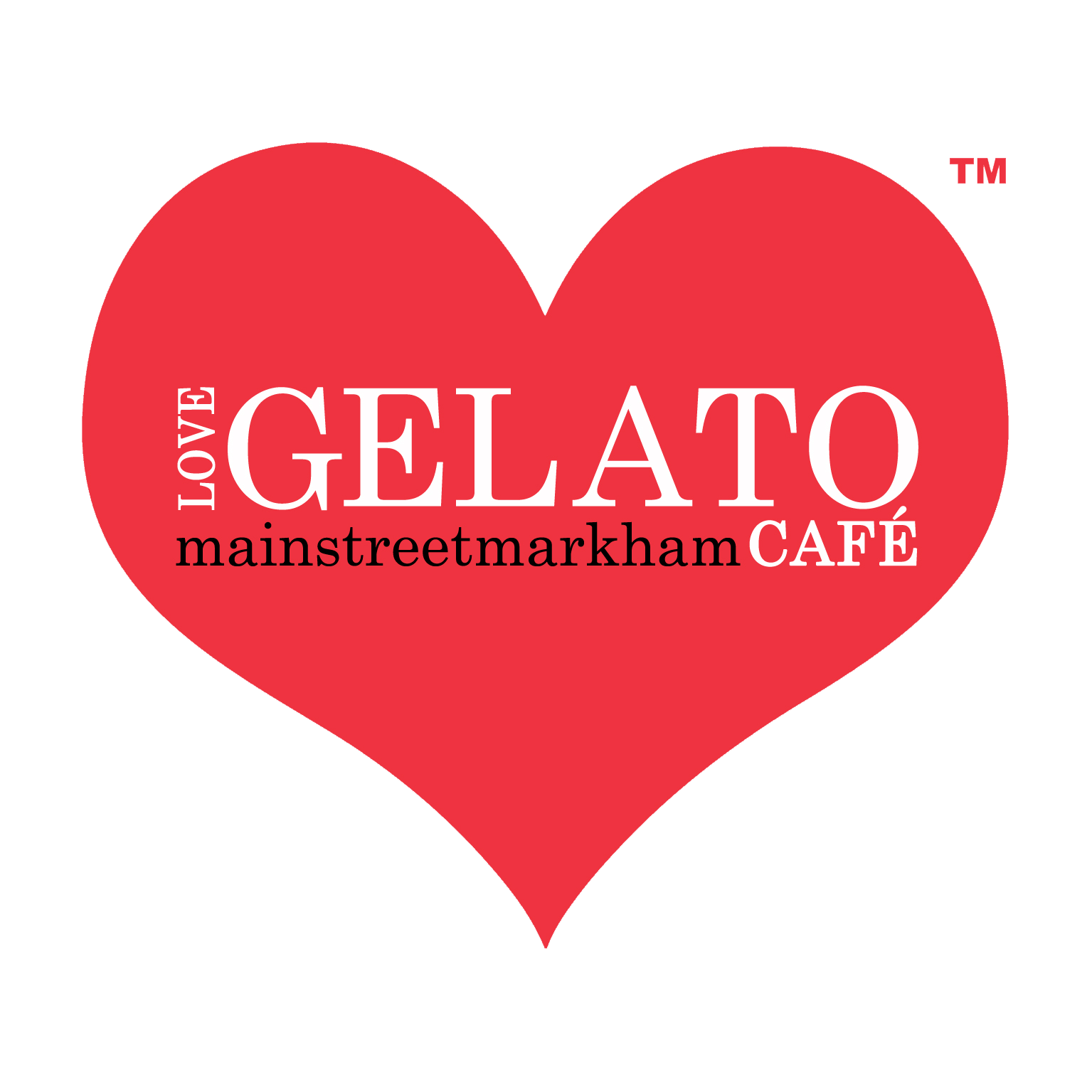
Our Story
Established in 2013, Love Gelato Café brings a new spark to City of Markham with our authentic Italian gelato.
As our name suggests, we love gelato! With over 25 years of experience, the love we put into our product is what separates us from the competition. All you have to do is indulge in one of our delicious flavours, and you will be hooked! Thankfully, as gelato is made from milk instead of cream, it makes it a healthier and more delightful alternative to ice-cream. So don’t feel too guilty!
But our love does not stop there. Love Gelato Café also features espressos, lattes and cappuccinos that will fill your senses with heartwarming aromas, helping you stay on your toes through the never ending action packed days.
Finally, here at Love Gelato Café our mission is to provide you with products of exceptional quality along with genuine customer service, something which we believe is paramount in running a successful business.







